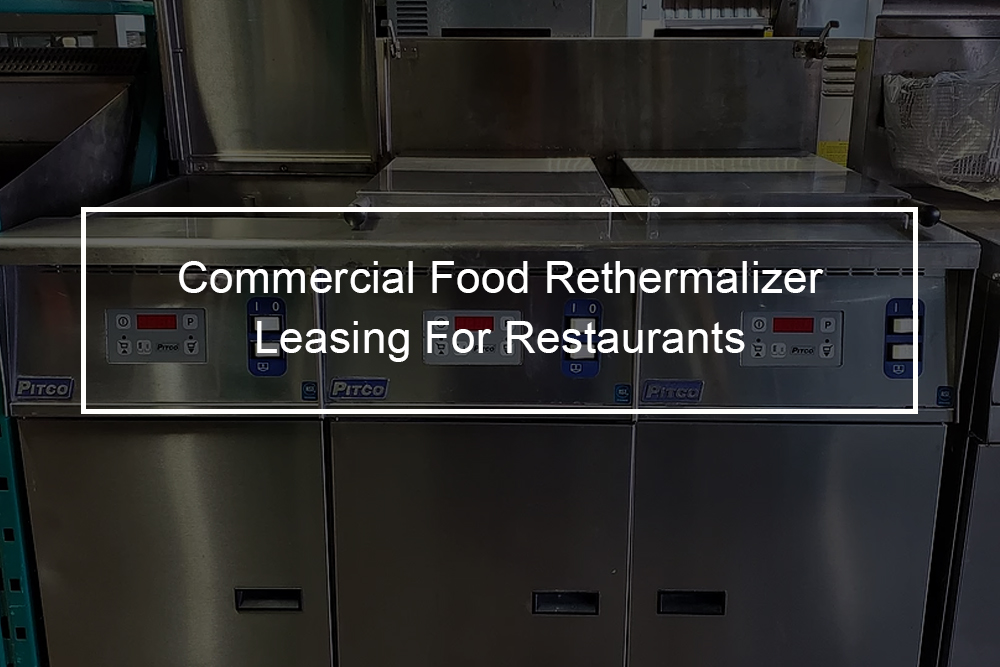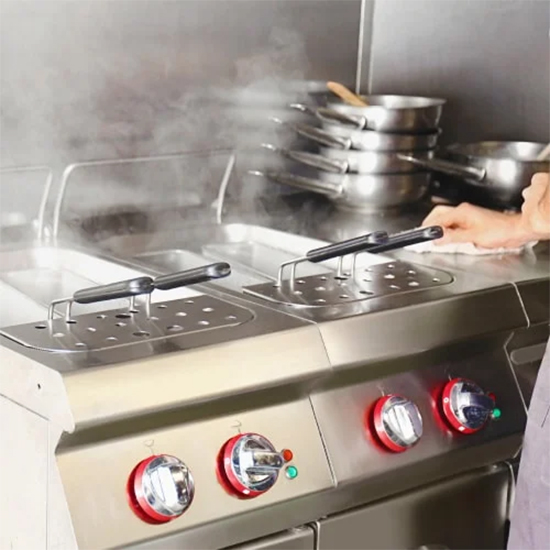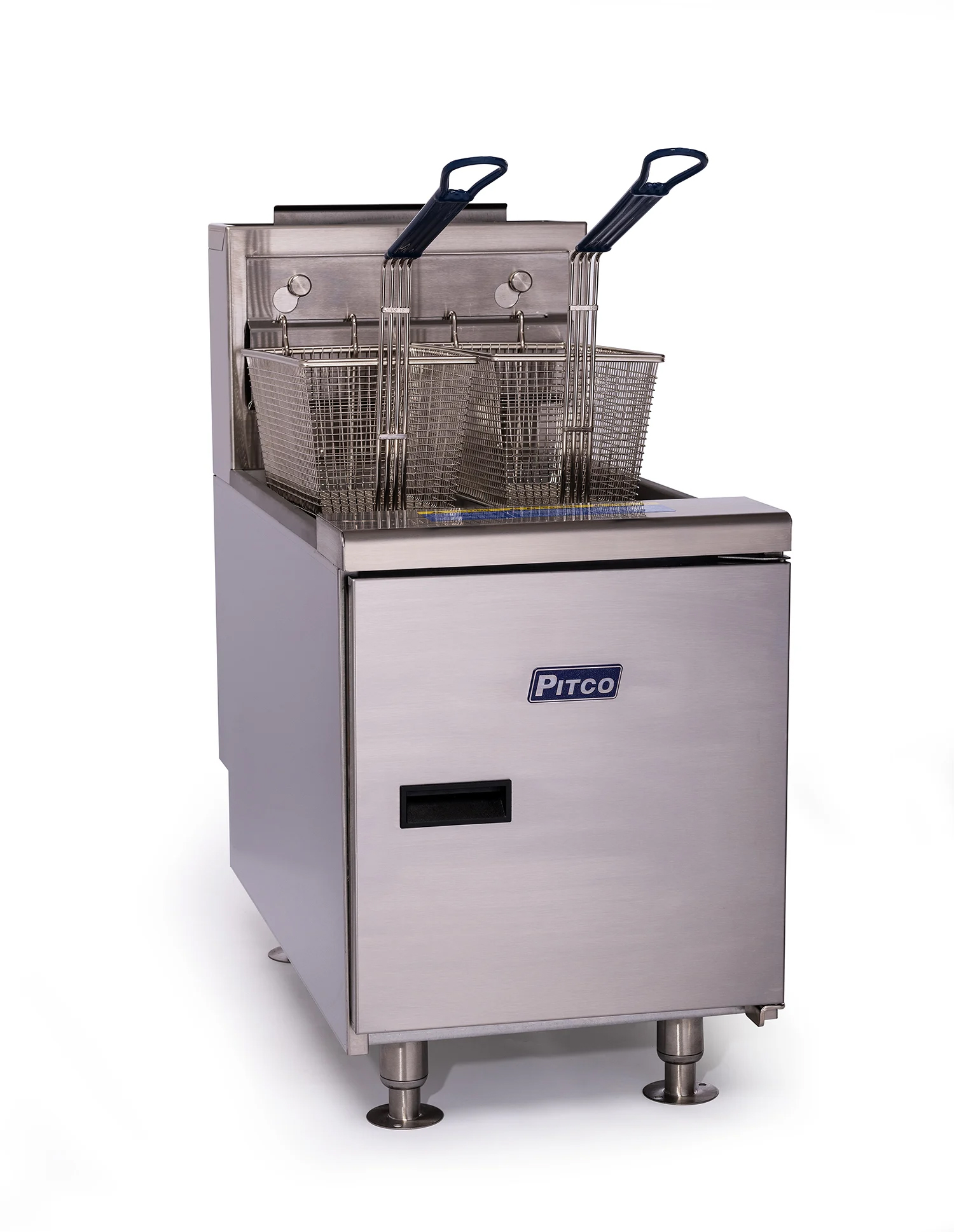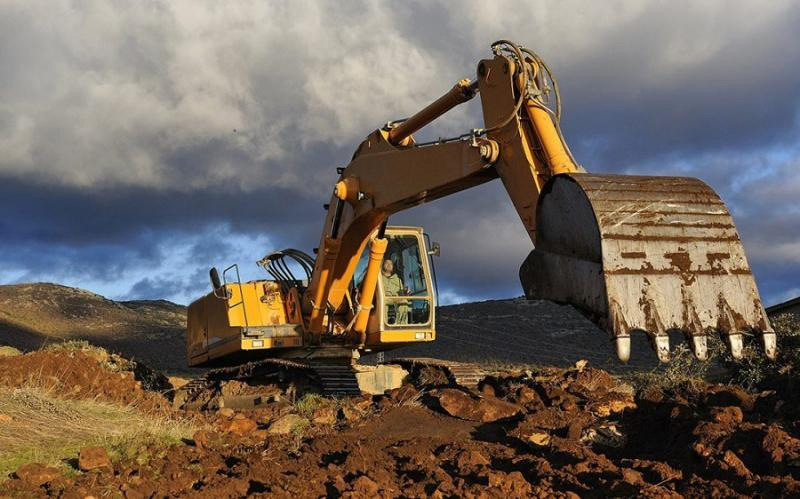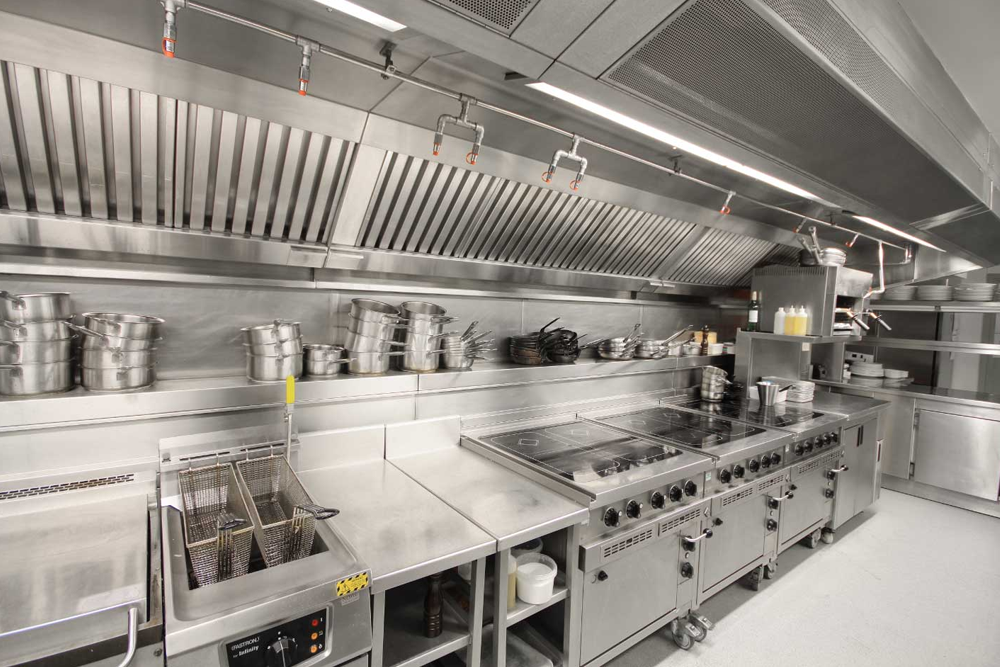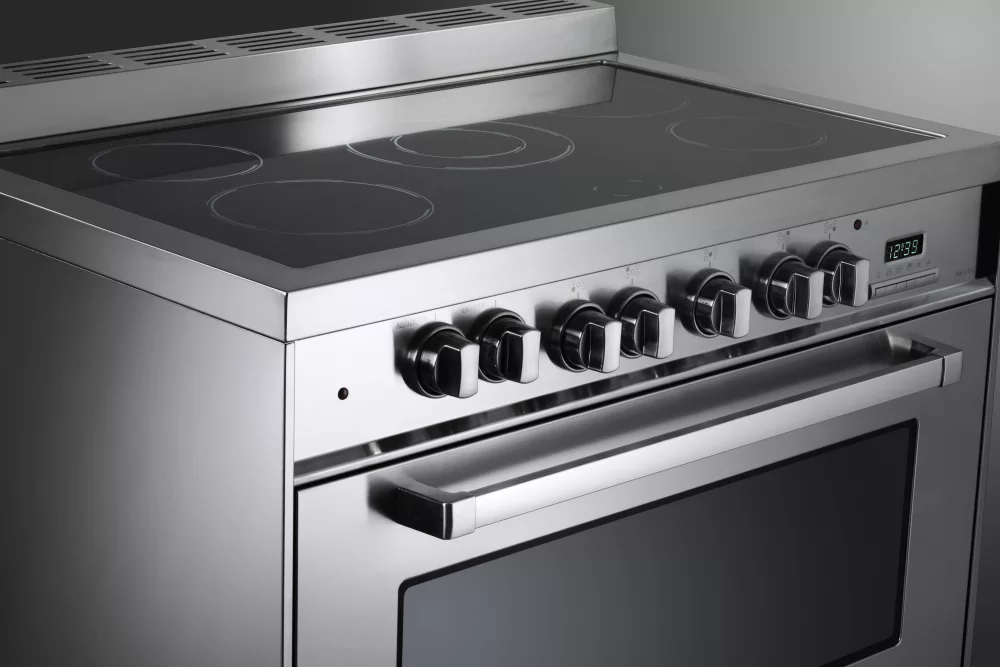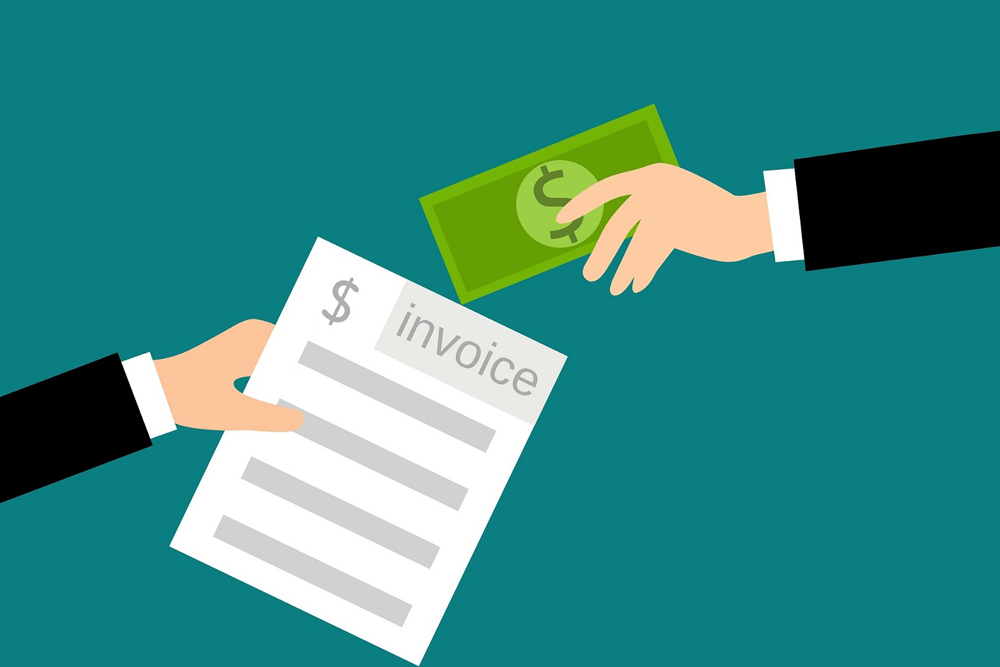When it comes time to buy Pitco Frialator SRTG14-2-GM commercial food rethermalizer, buying the appliance outright does not have to be your only option. Restaurant equipment lease financing allows small restaurant owners to invest in business growth while still holding on to their working capital. Our guide on restaurant equipment leasing basics gets you ramped up on your options for commercial food rethermalizer leasing. There are many different leasing contracts to select from, and the right fit depends on your situation and goal. By reading this post, you should feel comfortable with the common terms in a leasing contract, the kinds of leases available and when they make sense, and strategies for maximizing the tax and financial benefits from your lease.
Pitco Frialator SRTG14-2-GM Description
Pitco Frialator SRTG14-2-GM rethermalizer brings efficiency to your kitchen. The full dual tanks each hold 17.5 gallons of water and feature electronic ignition and digital controls for easy controlling: an auto water fill and aux. Manual fill keeps the rethermalizer safe. It also features durable stainless steel construction on the hinged cover, tank, front, and door.
Main Features Of Pitco Frialator SRTG14-2-GM:
- (Two) 17.5-gallon water capacity
- 110,000 BTU
- Auto water fill
- Aux. manual fill
- Common drain/overflow
- Digital controls
- Dual tanks
- Electronic ignition
- Full tanks
- Gas
- NSF Listed
- Solstice rethermalizer
- Stainless hinged cover, tank, front and door
What Is Commercial Food Rethermalizer Leasing?
A commercial food rethermalizer lease is a long-term rental contract for a business food rethermalizer. You set up an agreement with the owner of the food rethermalizer where you agree to make payments; in exchange, they allow your restaurant to use the appliance during the lease. A lease describes an agreement that lasts twelve months or longer, while something shorter than that is called restaurant equipment rental. Some leases are also tailored so that your restaurant pays off the equipment and owns it by the end of the contract. They are a way to finance a purchase as well as rent an appliance. We will cover these types when we get beyond the commercial food rethermalizer basics below.
Commercial Food Rethermalizer Leasing Basics: What Does Lessee Mean? What Is A Lessor?
A lease contract will always have at least two parties: the lessee and the lessor. The lessor is the person or company that owns the Pitco Frialator SRTG14-2-GM. The lessee makes payments to the lessor all through the agreement. In the end, the lessee will either return the machine to the lessor, or they can purchase the equipment if this was part of the agreement.
Based on your arrangement, you could have extra parties involved. For instance, if you work with a restaurant equipment lease financing company, you will provide them with a quote from the owner of the equipment or the manufacturer, and they will manage the payment to the equipment owner. You will then receive the food rethermalizer, and you will provide lease payments to that financing company that managed the transaction instead of the equipment owner.
How Is A Commercial Food Rethermalizer Lease Different From A Loan?
There are some key differences between commercial food rethermalizer leasing vs. financing the purchase with a loan. The first main difference is who owns the equipment. When you take out a commercial equipment loan, you are borrowing money to purchase the appliance yourself. With a lease, the lessor owns the asset during the contract, and you are paying to rent from them. With a loan, you accept to pay the money back over time with interest. Generally, you could potentially save by paying the loan back of schedule since then you will owe less interest. In a lease, you accept a set number of payments. You can not save money by making a larger payment earlier in the contract since you have accepted to pay the full amount listed in your lease payment schedule.
A commercial food rethermalizer lease could let you finance 100 percent of the asset’s value, while loans might ask for a down payment. Lease payments are also fixed, indicating they stay the same month after month. On the contrary, some loans can have an interest rate that goes down and up, so what you owe every month could change. Once you take out a loan, the lender may ask you to secure the deal with collateral, a piece of the valuable property apart from the commercial equipment. If you miss the payments, you can lose both the appliance and another asset. Leases are generally just secured by the appliance your restaurant is paying to use.
What Is A Capital Lease?
There are two main classifications of equipment leases: operating and capital. A capital lease is tailored to purchase the equipment eventually. Your restaurant makes payments to the lessor with the plan that your restaurant will have paid it off by the end of the contract so you can keep it. The amount you will end up paying depends on the kind of capital lease. We will look at a few types later on in this post.
With a capital lease, your restaurant handles any maintenance and repair to keep the appliance running. These contracts also have a clause that needs you to keep making payments even when the machine breaks during the lease period. Generally, the payments in a capital lease are higher since the arrangement should pay off most, if not all, of the appliance by the time the agreement ends. These leases are more sensible if your restaurant wants to keep the equipment long-term but does not have the money to pay for it upfront.
What Is An Operating Lease?
An operating lease is similar to a pure equipment rental agreement. In exchange for the lease payments, your restaurant gets to use the asset during the period set out in your agreement. At the end of the operating lease duration, the lessor could give you the option to purchase the machinery for its fair market value; however, you are not obligated to do so. You can return the appliance to the lessor at the end.
Typically the monthly payments on an operating lease are lesser than on a capital lease since you are not paying off the asset’s whole value. If you choose to keep the asset, you could need to pay more at the end of the lease. The lessor could be more involved with repairs and maintenance for food rethermalizer during an operating lease- it depends on the lease terms. Some operating leases need you to keep up with maintenance, and in others, the lessor manages his work. These leases tend to be more sensible when your restaurant does not want to keep the Pitco Frialator SRTG14-2-GM at the end of the contract. They are a good choice if you would like to keep upgrading to new models of an asset instead of keeping one old version.
Types of Restaurant Equipment Leases
Apart from the two broad categories, here are the most popular versions you can use to lease commercial food rethermalizer:
- $1 Buyout lease: The main kind of capital lease. You will have almost paid off the appliance at the end of the payment plan and will just have to pay $ 1 to complete the purchase. The monthly payments on this lease will be the highest since you plan to pay off the equipment in-full. That is the reason another name for this lease is the full payout.
- 10-percent option lease: Under this lease type, your payments will cover 90-percent of the equipment’s cost. At the end of the arrangement, you have the choice to pay the remaining 10% so your restaurant can keep the food rethermalizer. Nonetheless, you are not obligated to and can accept to return the asset to the lessor. The monthly lease payments are lesser, but you will owe a larger payment if you choose to keep the equipment at the end.
- Fair market value lease: A FMV lease is a kind of operating lease. After the agreement, the lessor will rule out the appliance’s remaining worth, depending on its market value. They will tell you how much it is still worth, and you can choose if your restaurant wants to pay this amount to keep the appliance.
- 100 percent purchase upon termination (PUT) lease: The 10-percent PUT lease is the same as the 10 percent option lease, except you do not have to buy the appliance at the end. It is written in the agreement that you will pay the outstanding amount and keep the asset at the end of the lease.
How To Lease Pitco Frialator SRTG14-2-GM?
Your first step for leasing Pitco Frialator SRTG14-2-GM should be to figure out how long your restaurant needs it so that you can choose the length of your contract. You should also decide how much you can afford for lease payments. Bear in mind that those payments will continue until the end of the agreement after you enter into a lease agreement. You should budget for something you can reliably afford, even during a tight cash flow stretch.
Now that you know the different kinds of leases, ask yourself what type of contract makes the most sense. Things to consider are if you want to keep the food rethermalizer at the end of the lease. Now you can contact a company that offers restaurant equipment leasing. At Top Financial Resources getting leases is fast, personalized, and easy. No matter what your restaurant needs, we have a financing program for you. Our loan and lease specialists are here to help you find the right loan for you and your restaurant; simply apply online to see which leasing solutions fit your needs.

